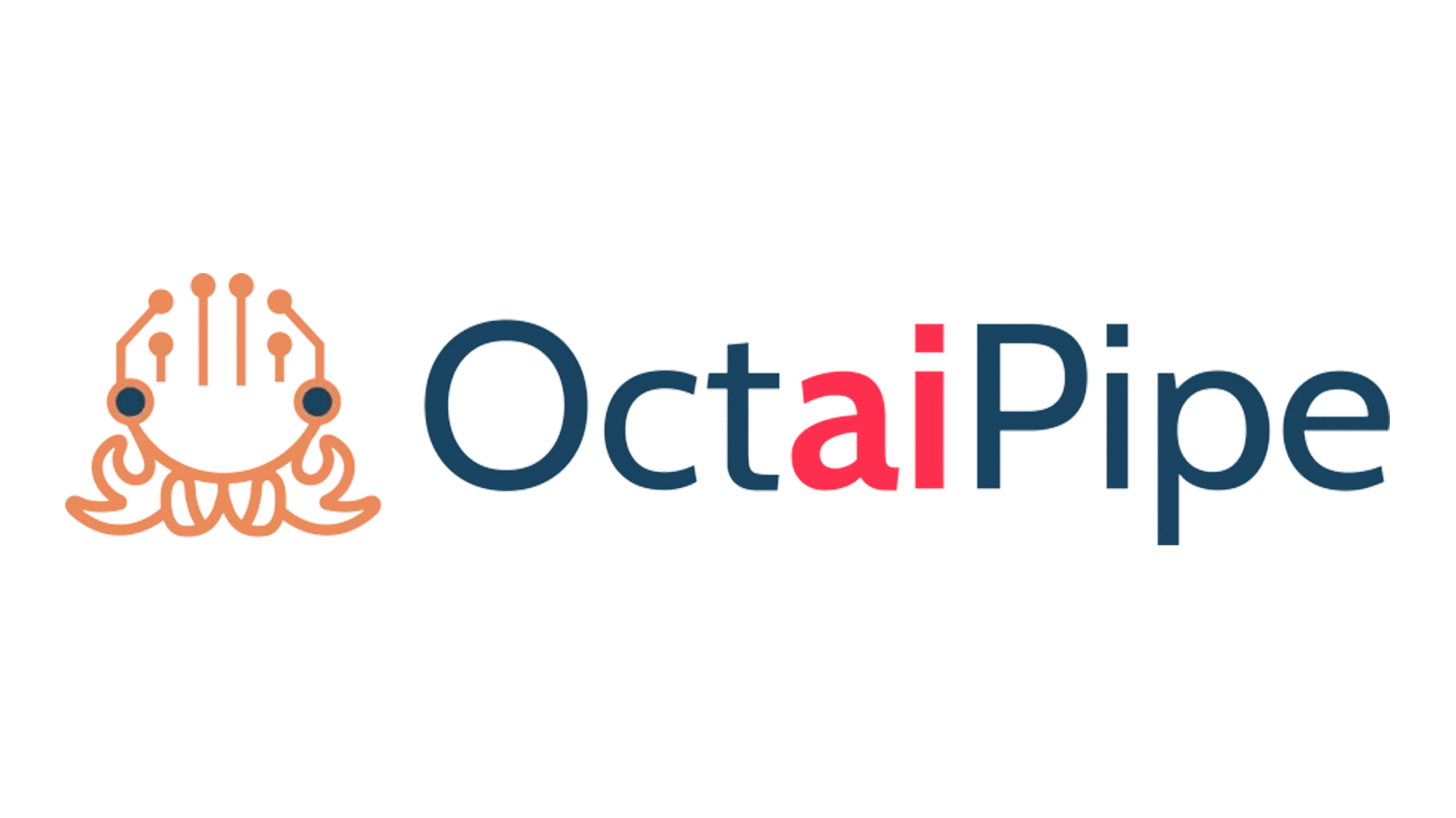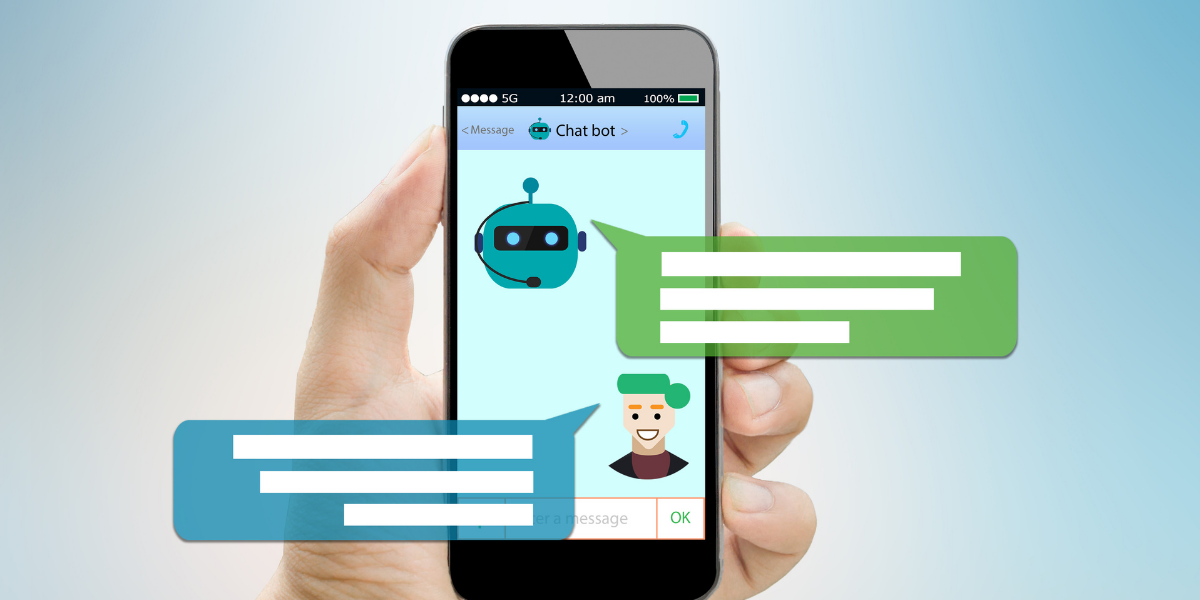A combination of the sophistication of Artificial Intelligence (AI) technology and a desire to simplify the interaction between humans and computers has led to the popularity of chatbots. These virtual assistants have revolutionised retail and customer service, with a staggering 85% of customer interactions predicted to be handled without human agents by 2020 (Gartner). But how is AI Enabling Chatbots For Good?
At its most basic level, virtual assistants are computer programmes that have the ability to stimulate and understand human interaction. Allowing humans to interact with chatbots as if they were a real person by adopting AI technology can save companies both time and money. For the first time in retail’s history, chatbots allow customer service 24 hours a day, 7 days a week, and are not held back by wage increases, sick days, and other factors that their human colleagues may be.
Natural Language Processing
One of the biggest challenges of virtual assistants is the ability to understand both spoken and written human interaction – chatbots are overcoming this by utilising Natural Language Processing (NLP). Chatbots utilise NLP technology to listen to and understand human commands and then use AI to reply with an appropriate response.
Without NLP, chatbots do not have the ability to differentiate between the greetings ‘hello’ and ‘goodbye’ – they are perceived as no more than text-based inputs without NLP. NLP helps provide context and meaning to text-based user inputs so that AI can instantly establish the most helpful response.
One of the greatest challenges to chatbots and NLP is the fact that users have a blank canvas when it comes down to what to say to chatbots. Whilst the technology can try to predict what users are likely to say, it is almost a given that customers will have unique experiences with companies and may very well have requests that are out of the ordinary.
Whilst chatbots are a favorite tool in customer service, 45% of users would prefer to communicate with a live person instead of a chatbot (Tidio). Given this, it is incredibly important for companies to not neglect human customer service completely, and human colleagues should be used alongside chatbots to deal with complicated issues.
The proven success of chatbots
According to a recent Gartner study, customer service has been deemed as the most important factor to success. Like all automation led efforts in business, customer service chatbots can reduce costs and save time, however, the real value of AI technology in customer service such as chatbots is improving customer experience.
A shared challenge amongst most companies is the struggle to provide customer service outside of business hours. Chatbots establish a place for customer service 24 hours a day, seven days a week, which is in line with many businesses who now choose to trade online 24/7. The frustration of ordering online and then having to wait until business hours to seek help is just one example of how chatbots are successfully utilising AI technology.
Chatbots allow customers to seek instant customer service help around the clock; there is nothing more frustrating for a customer when they have a pressing issue, this combined with a busy day means that loyal customers do not want to be left on hold when trying to contact companies!

BBC Watchdog conducted an investigation into waiting times for some of the UK’s biggest companies. Making over 500 calls they found the average hold time waiting to speak to a customer service assistant was 3.5 minutes – however, some calls were held on hold for a staggering 29 minutes. Watchdog also established a correlation between customer satisfaction and holding times, concluding that customers who received instant assistance were more satisfied with the service and products.
Given that chatbots can deliver this instant care to customers, it’s a no brainer!
Chatbots cannot perform miracles, and there are some questions simply too complicated for chatbots to respond to in an efficient manner – at the moment anyway. Yet this is also what makes chatbots effective. They can be used as a first contact point for customers to deal with simple customer issues and questions, and funnel more complex issues to human colleagues. This not only reduces traffic to human customer assistants, but ensures lesser waiting times, and more time and attention spent on the customers who do need help.
Instant & informative customer service = happy customers.
For more insights into how AI is being used to revolutionise our digital world, visit our blog page and read some of our other latest articles




